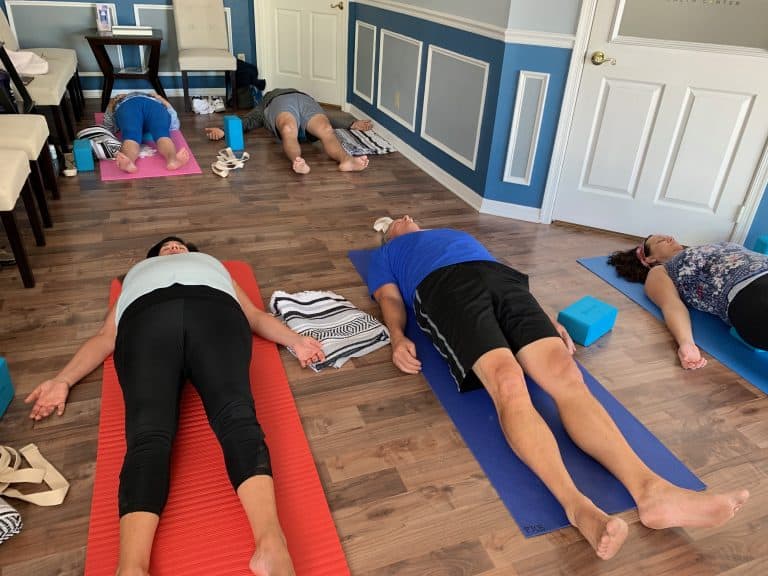It’s hard enough to make time to exercise – stop wasting it doing a stretching routine that’s not effective! Here are 4 ways you can immediately make your stretching more effective:
Lighten Up
If you’re pushing so deep into your stretches that you’re sweating and holding your breath, you’re too deep! If you’re pushing really hard into a stretch, your muscles are going to essentially panic and seize up. As long as your muscles are flexing and fighting the stretch, you simply cannot get them to lengthen. Fighting the stretch also increases your chances of hurting yourself.
Instead, find your “edge.” That’s the place where you can feel what the stretch is doing, but it’s not painful. It also should feel like you can relax into the stretch as opposed to fighting it.
On a related note, I very often see people bouncing in and out of their stretches. While that’s often recommended as a dynamic workout BEFORE exercise – that’s not going to effectively lengthen your muscles longterm. If you’re doing a cool down or stand alone stretch, go into the stretch to your edge and hold still.
Breathe
The breath is a great trick for making sure that you’re not too deep into a stretch. If you can’t breathe smoothly, deeply, and steadily, you need to back up.
The breath is also an essential component in calming the nervous system, and a calm nervous system allows the muscles to relax and lengthen. If you’re in a sympathetic nervous system response (fight or flight), your muscles will quite literally be preparing to fight or run from potential predators. If you use the breath to move into a parasympathetic nervous system state (rest and digest), you’ll be able to allow the muscles to soften, lengthen, and restore.
Slow Down
Almost no one I see stretching is holding their stretches long enough to have a real impact. To really move the needle on your mobility, try holding stretches for 2+ minutes. I recommend using an interval timer that goes off on a 3 minute/1 minute interval. Hold your stretch for 3 minutes, take a minute to move out, shake, adjust, and set up the next stretch for 3 minutes.
When you’re in a calmer, more relaxed state, holding your stretches for this long might still feel intense, but it should still feel possible.
Add Compression
Muscles are like a sponge. You can rinse our a sponge by just continuously running water through it. But it’s much more effective to rinse, wring it out, rinse, and wring it out several times. Similarly, you can stretch your muscles by just continuously lengthening them, but it’s much more effective to alternate between stretching and compressing.
My favorite ways to roll are using a tennis ball on the feet, calves, and between the shoulder blades, or using a foam yoga block on the IT band and lats/serratus muscles.
If you want to work on improving your mobility, but you’re not quite sure where to start, my stretching course is PERFECT for you. Purchase all 6 videos with lifetime access right here.

